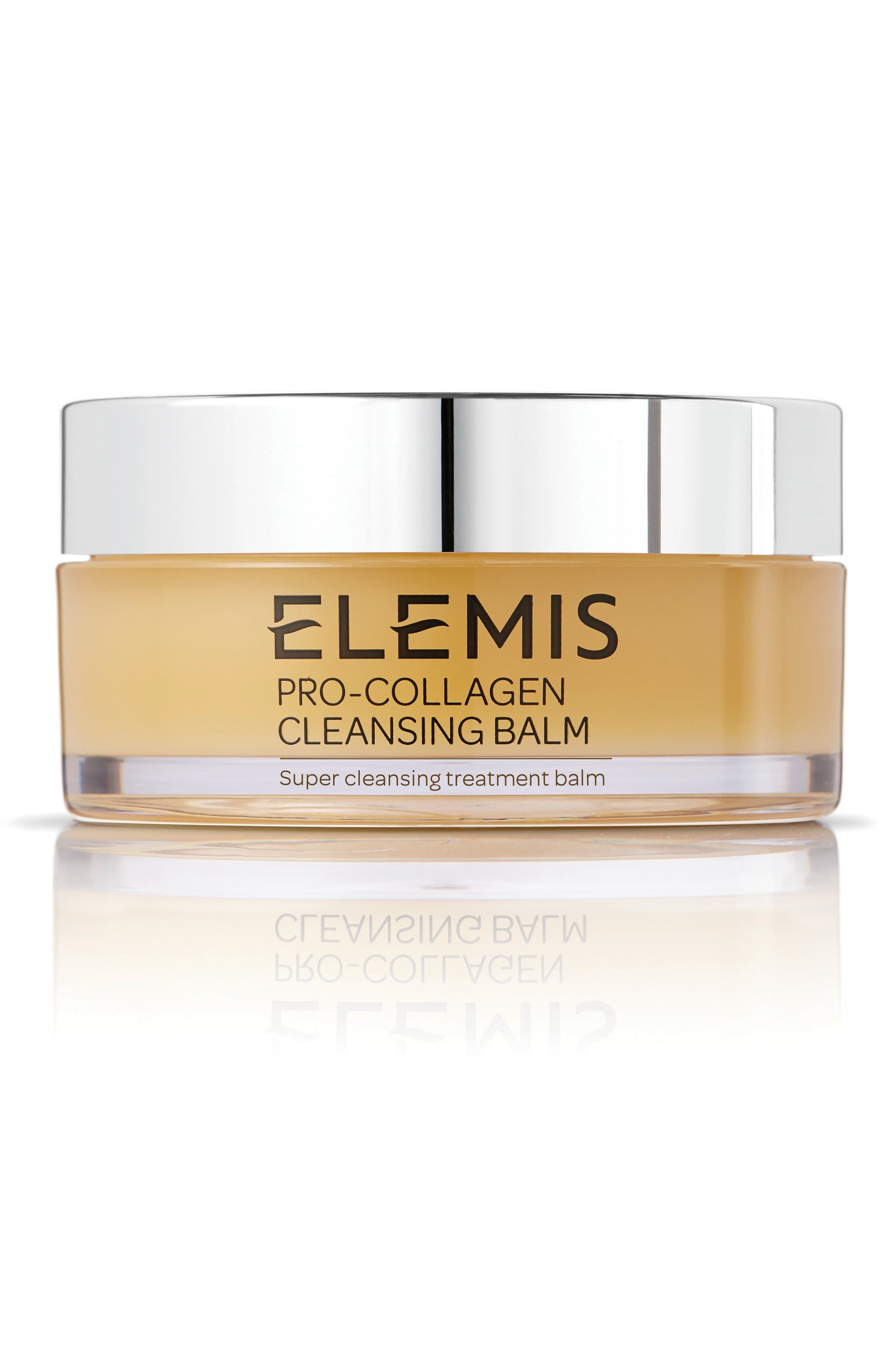Some Known Details About Youtheory Collagen Review



Type IX contains two long Structures of various glycosaminoglycans, the polysaccharide components of proteoglycans. Each of the four classes of glycosaminoglycans is formed by polymerization of a specific disaccharide and subsequent modifications including addition of sulfate collagenis bound to the sides of type I fibrils and may bind them together to form thicker collagen fibers (Figure 22-16b).
Fibrils of pure type VI collagen thus give the impression of beads on a string.In some places, several ECM components are organized into a basal lamina, a thin sheetlike structure. Type IV collagenforms the basic fibrous two-dimensional network of all basal laminae- youtheory collagen advanced formula 390 tablets review. Three type IV collagen chains form a 400-nm-long triple helix with large globular domains at the C-termini and smaller ones of unknown structure at the N-termini.
Lateral association of the N-terminal regions of four type IV molecules yields a characteristic tetrameric unit that can be observed in the electron microscope (Figure 22-17b). Triple-helical regions from several molecules then associate laterally, in a manner similar to fibril formation among fibrous collagens, to form branching strands of variable but thin diameters.
The smart Trick of Collagen Youtheory That Nobody is Discussing
We will discuss the other components of the basal lamina and the functions of this specialized matrix structure in the next section.Structure and assembly of type IV collagen. (a) Schematic diagram of 400-nm-long triple-helical molecule of type IV collagen. This molecule has a noncollagen domain at the N-terminus and a large globular domain at the C-terminus; the triple helix is interrupted collagencontain a repeating Gly-Pro-X sequence and fold into a characteristic triple-helical structure. The various collagens are distinguished by the ability of their helical and nonhelical regions to associate into fibrils, to form sheets, or to cross-link different collagenis fibrillar and composed of type I molecules.

Procollagen chains are modified and assembled into a triple helix in the Figure 22-14). Helix formation is aided by disulfide bonds between N- and C-terminal propeptides, which align the polypeptidechains in register. Generally, the propeptides are removed after secretion, and then collagenfibrils form in the extracellular space. youtheory collagen review. Fibrous collagenhas specific structural requirements and is very susceptible to mutation, especially in glycine residues.
Tropocollagen molecule: three left-handed procollagens (red, green, blue) join to form a right-handed triple helical tropocollagen.Collagen is the main structural skin. Depending upon the degree of mineralization, collagen tissues may be rigid (bone), compliant (tendon), or have a gradient from rigid to compliant (cartilage). It is also abundant in [5]Collagen has many medical uses in treating complications of the bones and skin.
Youtheory Collagen Reviews - The Facts
Over 90% of the collagen in the [10]Fibrillar (Type I, II, III, V, XI) Non-fibrillar FACIT(Fibril Associated Collagens with Interrupted Triple Helices) (Type IX, XII, XIV, XIX, XXI) Short chain (Type VIII, X) Basement membrane(Type IV) Multiplexin(Multiple Triple Helix domains with Interruptions) (Type XV, XVIII) MACIT (Membrane Associated Collagens with Interrupted Triple Helices) (Type XIII, XVII) Other (Type VI, VII) The five most common types are: The collagenous connective tissue disease.
Both human and bovine collagen is widely used as dermal fillers for treatment of wrinkles and skin aging.[11]Some points of interest are: When used cosmetically, there is a chance of allergic reactions causing prolonged redness; however, this can be virtually eliminated by simple and inconspicuous patch testingprior to cosmetic use.
Collagen is used in bone grafting as it has a triple helical structure, making it a very strong molecule. It is ideal for use in bones, as it does not compromise the structural integrity of the skeleton. The triple helical structure of collagen prevents it from being broken down by enzymes, it enables adhesiveness of cells and it is important for the proper assembly of the extracellular matrix.[12]Collagen scaffolds are used in tissue regeneration, whether in sponges, thin sheets, or gels.
Youtheory Collagen Advanced Formula for Dummies
Collagen scaffolds are also ideal for the deposition of cells such as [13]Collagens are widely employed in the construction of the growth factorsand other substances. Collagen is one of the body’s key natural resources and a component of skin tissue that can benefit all stages of [16]When collagen is made available to the wound bed, closure can occur.
Collagen is a natural product and is thus used as a natural wound dressing and has properties that artificial wound dressings do not have. It is resistant against bacteria, which is of vital importance in a wound dressing. It helps to keep the wound sterile, because of its natural ability to fight infection - youtheory collagen 390 tablets.
Fibroblasts migrate along a connective tissue matrix. Chemotactic properties: The large surface area available on collagen fibers can attract fibrogenic cells which help in healing. Nucleation: Collagen, in the presence of certain neutral salt molecules can act as a nucleating agent causing formation of fibrillar structures. A collagen wound dressing might serve as a guide for orienting new collagen deposition and capillary growth.
What Does Collagen Youtheory Mean?
When hydrolyzed, collagen is reduced to small citation needed] Collagen is used in [28]Some studies have shown efficacy of collagen supplementation for dogs with osteoarthritis pain, alone or in combination with other nutraceuticals like [30]The collagen protein is composed of a triple helix, which generally consists of two identical chains (α1) and an additional chain that differs slightly in its chemical composition (α2).[31]First, a three-dimensional stranded structure is assembled, with the amino acids glycine and proline as its principal components.
Procollagen is then modified by the addition of [33]and lysyl-hydroxylase. Vitamin C also serves with them in inducing these reactions. In this service, one molecule of vitamin C is destroyed for each H replaced by OH. [34]The synthesis of collagen occurs inside and outside of the cell. The formation of collagen which results in fibrillary collagen (most common form) is discussed here.
this article Your Domain Name hop over to these guys